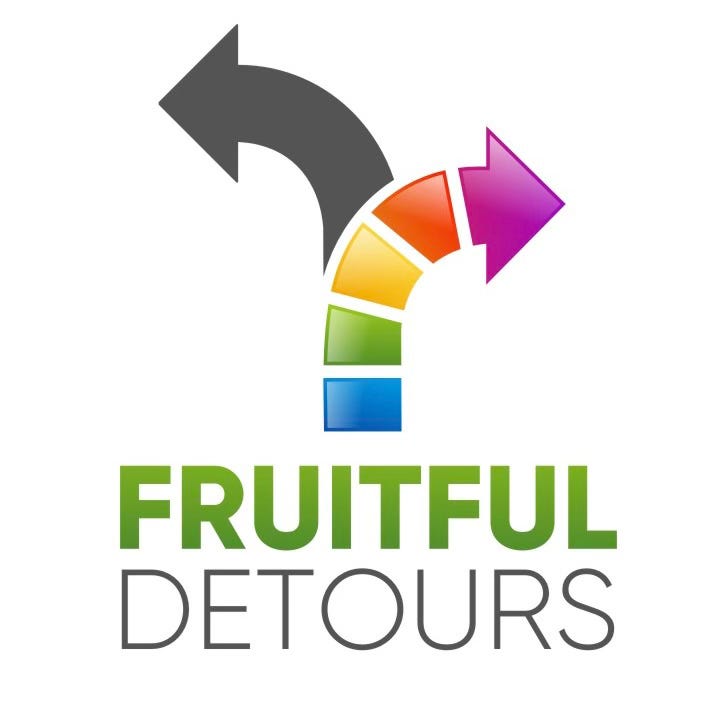Radioactive Bananas
Really?
I was looking at some YouTube videos about tomatoes, because I wanted some tips before I planted some. While I was browsing I came across a guy who talked about putting bananas under his tomato plants. He thought they provided great nutritional benefits. That got me going on bananas. (Didn’t you always wonder how I came up with the topics for this blog? Me too.)

I came across an article on radioactive bananas, and I thought that sounded, well …, bananas. But it’s true.
Bananas are rich in potassium (chemical symbol K), and a very small fraction of that naturally-occurring potassium is in fact radioactive – about one-hundredth of one percent (actually 120 parts per million). The radioactive variety of potassium is potassium-40 (K-40, 0.012% of total potassium). The much more abundant non-radioactive varieties of potassium found in the body are potassium-39 (K-39, 93% of total K) and potassium-41 (K-41, 7% of total K). These percentages are the same the whole world over, they never change. Every tiny bit of naturally occurring potassium has the same three varieties in the same exact percentages.
Since the bodies of all animals including humans require potassium to function properly, all animals, including humans, are slightly radioactive. It is a fact of life. Bananas and other foods rich in potassium are also radioactive for the same reason. (https://www.mcgill.ca/oss/article/you-asked/it-true-banana-radioactive)
Yes, We Have No Bananas?
The Cavendish banana, consumed more frequently than apples and oranges by Americans, is being threatened by the virulent fungal Panama Disease, also known as Tropical Race 4, which is making its way to South America where more than 80 percent of the world’s bananas are grown.

And with no known way to stop the disease — or even contain it — scientists say that over time, this type of banana may be eliminated from commercial production.
Not to fear. Scientists in Honduras are working to create a resistant banana before the disease hits Latin America, where the majority of bananas are grown. (https://www.pbs.org/newshour/show/inside-the-fight-to-save-the-bananas-we-know-and-love)
Bananas are really berries?
Like other berries, bananas are composed of three fleshy layers: the outer skin, the mushy middle and the innermost part with the seeds. In addition, to be a berry, a fruit must have two or more seeds. Thus, a cherry, which has just one seed, doesn't make

the berry cut, nor do strawberries. It turns out that people began calling certain fruits berries before scientists came up with a standard definition for the term. In scientific terms, cherries and strawberries should be called drupes. (https://www.livescience.com/57477-why-are-bananas-considered-berries.html)
Bananas are very good for you, with all that potassium. But did you know that you can use the peels to shine your shoes?


